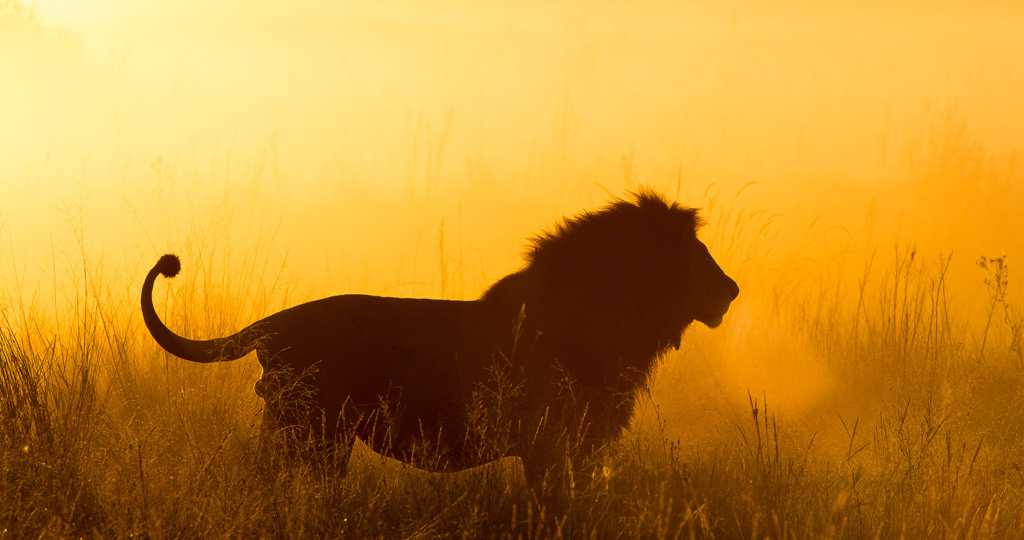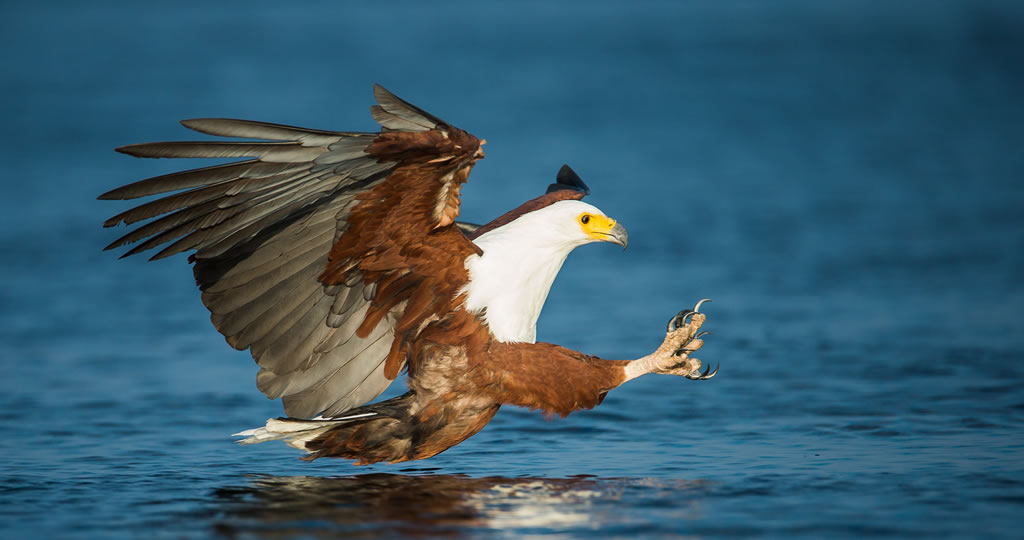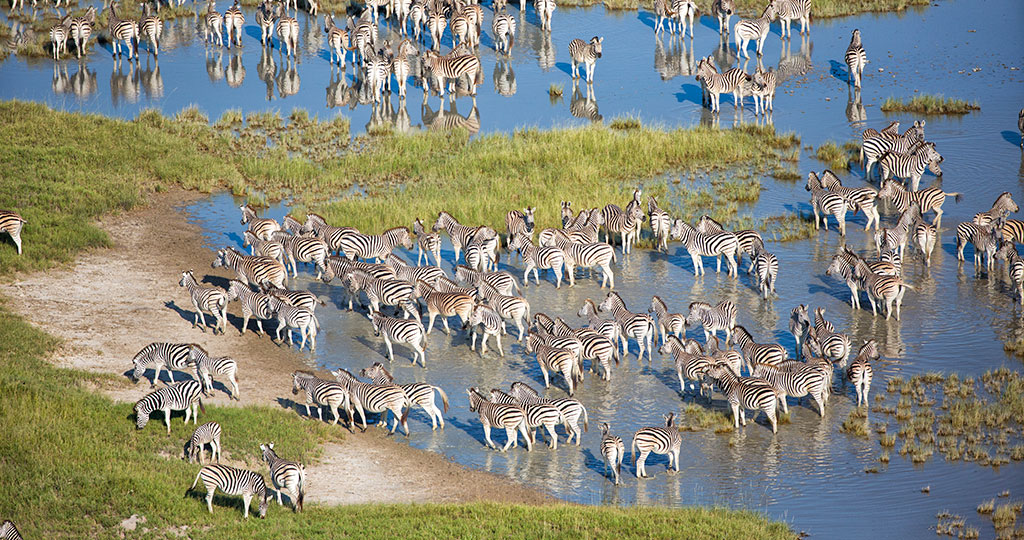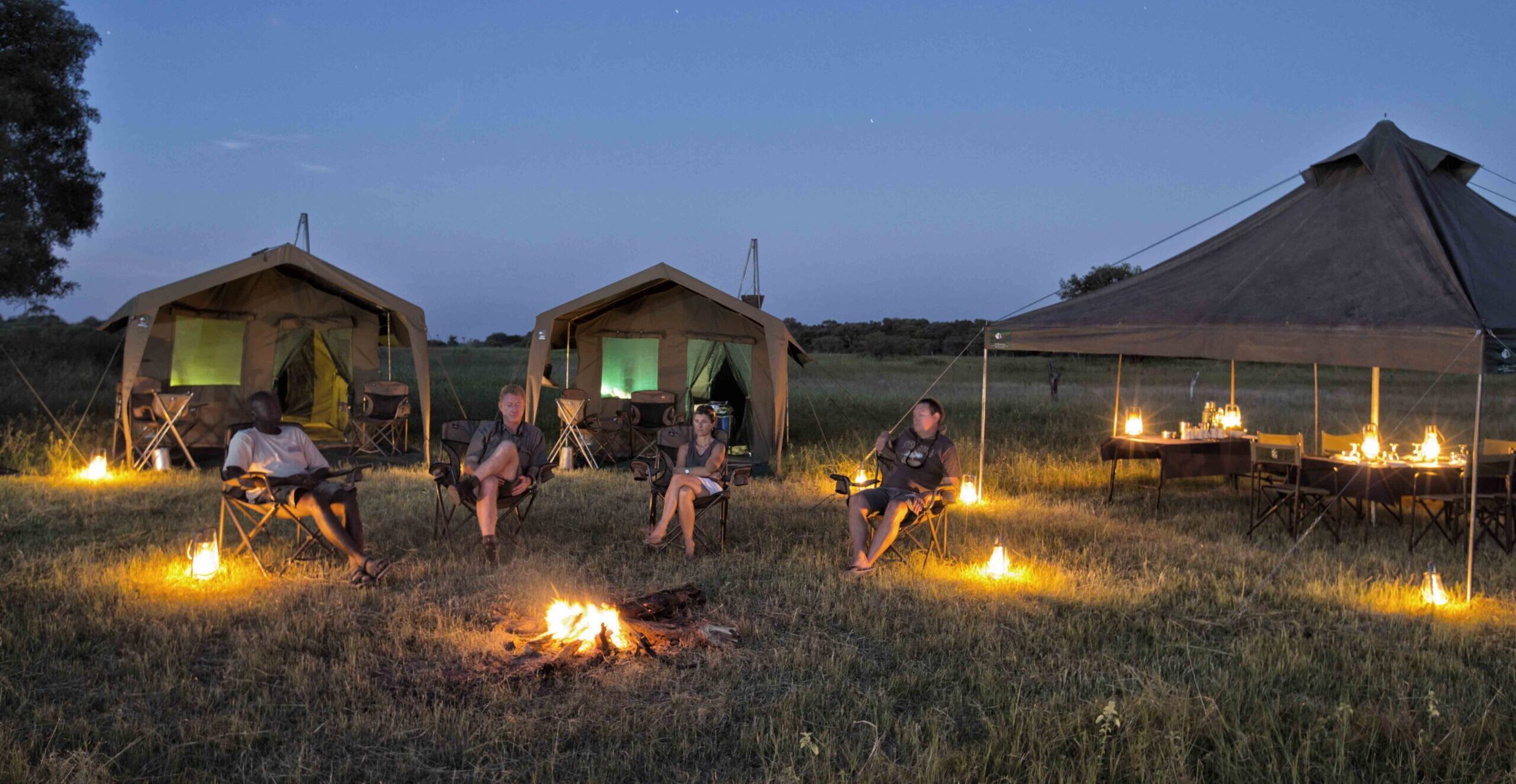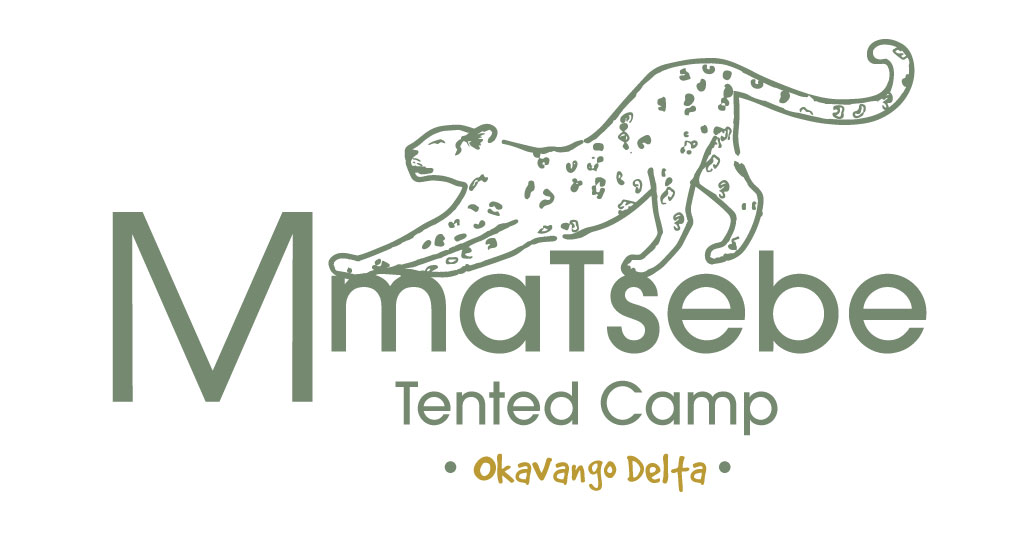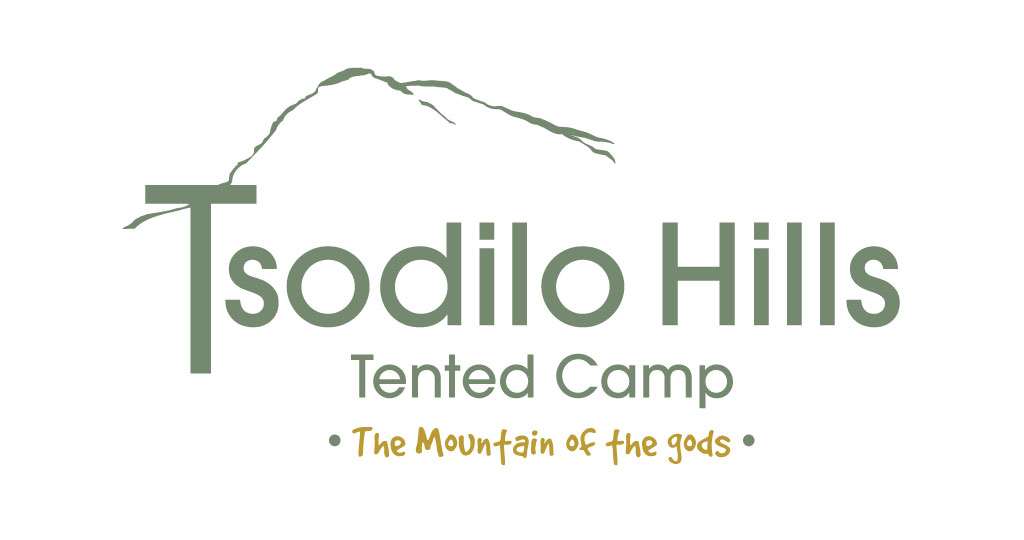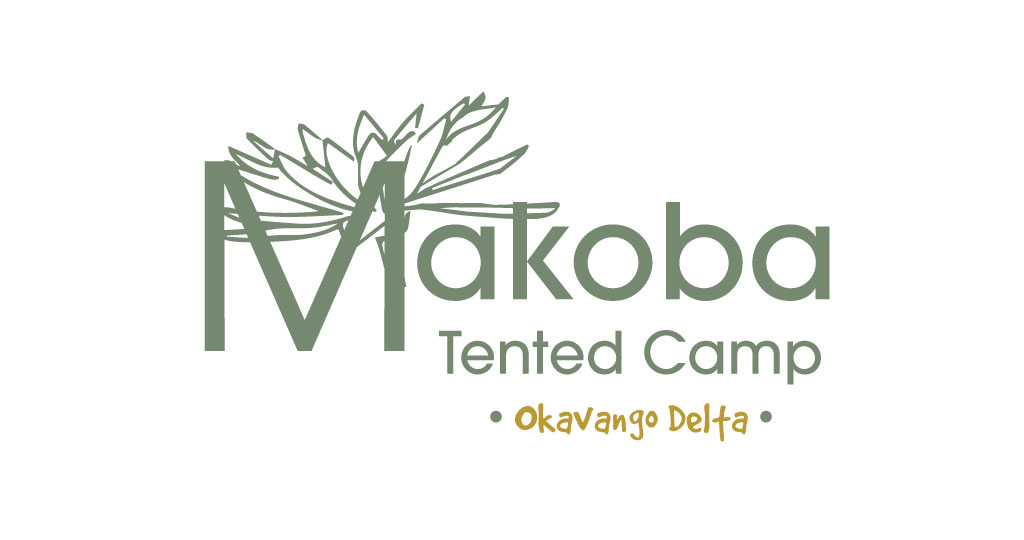Moremi Game Reserve
The Moremi Game Reserve was established in 1963 to protect some of the most important habitats in the eastern Okavango Delta. The reserve takes its name from Chief Moremi III of the Batawana tribe, and reflects the fact that this was one of the first reserves established on the initiative of local people rather than colonial-era authorities.
At first, the Moremi covered only a small area known as the Mopane Tongue. As awareness of the importance of the Delta has increased, the area protected by the Moremi has been steadily increased.
Moremi Facts and Figures
| 20% | 5 000km2 | 1 000 | 70% | 500 | Maun |
| Area of the Central Okavango protected | Total area of the Moremi Game Reserve | Plant species | Area of the Reserve made up by the Delta | Bird species | Closest town – “gateway to the Delta” |
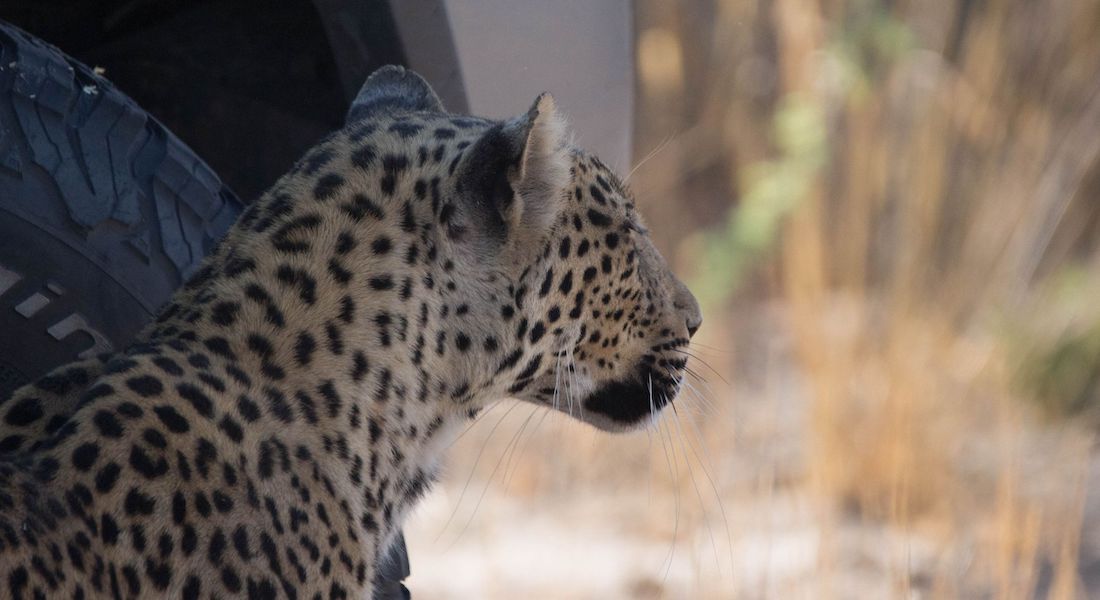
How to Get There
Maun International Airport (MUB) can be reached by scheduled flights from Gaborone, Cape Town and Johannesburg. Most travellers from outside southern Africa will need to travel via Johannesburg.
From Maun, it is possible to access some parts of the Moremi by vehicle. More remote areas are served by light aircraft flights.
Moremi Wildlife
Thanks to the variety of habitats it protects, the Moremi provides a sanctuary for many species of wildlife. Some of the rarest include wild dog and reintroduced rhino; more commonly seen species include elephant, hippo and red lechwe.
The Moremi is known for its large herbivore populations, which in turn support predators including lion, leopard and cheetah. More unusual species include the elusive sitatunga antelope and two kinds of otter.
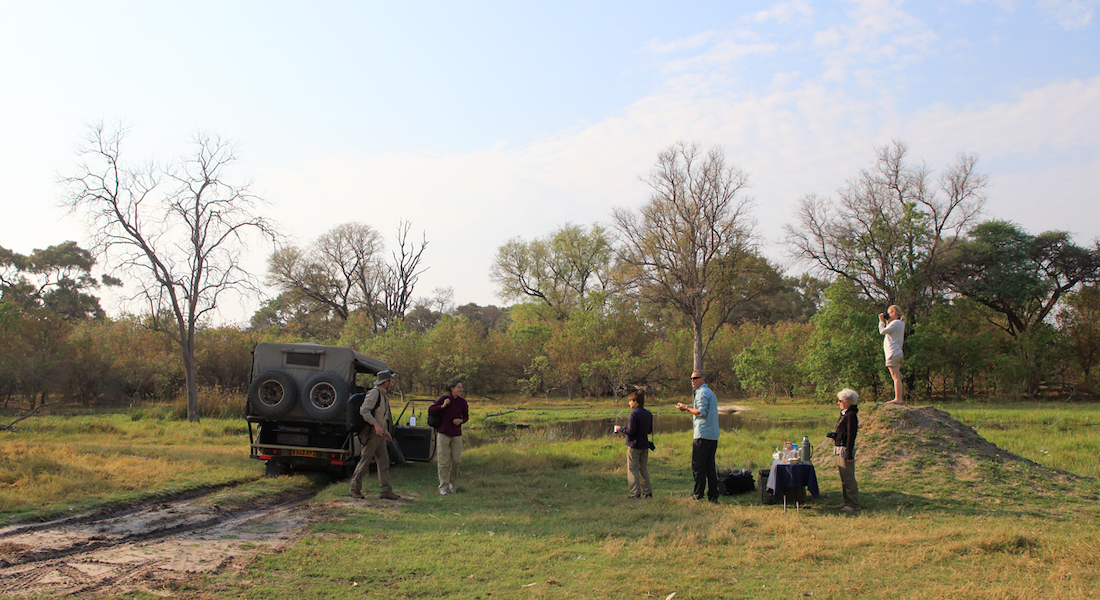
Experiencing the Moremi
Exploring the Moremi by vehicle, on foot or by boat can be incredibly rewarding. The best times of day to encounter wildlife are early in the morning and in the late afternoon, towards dusk. Lower temperatures mean that many species are more active, and the softer, “golden hour” light makes for wonderful photographic opportunities.
Traditional safari
There’s a relaxing rhythm to life on safari: the early starts are balanced by ample siesta time and the days tend to begin and end around the campfire. During the day, you’re likely to stop for morning coffee and evening sundowners, perhaps under a spreading acacia tree or on a remote island or sand bar.
Mokoro trip
The quintessential Moremi experience is a mokoro trip – the mokoro being the traditional dugout canoe of the tribes who live on the fringes of the Moremi. These slow, stable, silent craft are propelled with exceptional skill by polers who specialise in letting you get close to smaller species including birds and brightly coloured painted reed frogs.
Fishing
Seasonal fishing (which is usually catch-and-release) may be an option, with the most prized species being the fierce-looking tiger fish.
Night drives
Night drives are generally not permitted within the Moremi Game Reserve, although they are allowed in some of the private concessions. They are of course the best way of trying to spot nocturnal species including the rarely seen aardvark and pangolin.
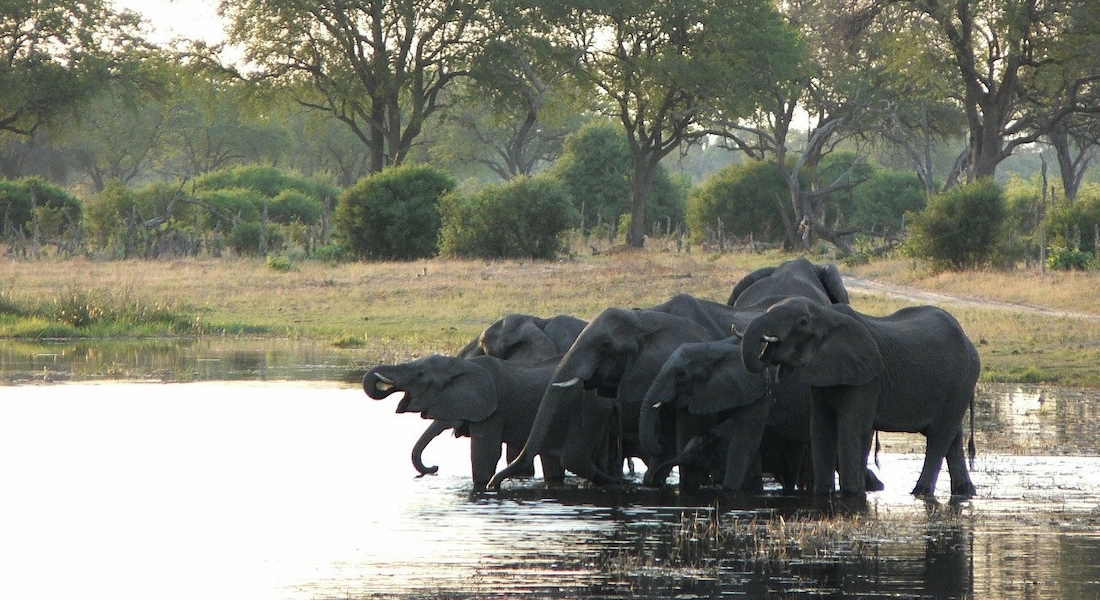
Something extra special
More specialised activities included guided walking safaris (a chance to look at the smaller details, including tracks and signs) and horseback safaris. Scenic flights in either light aircraft or helicopters offer a different perspective on the incredible mosaic of habitats that make up the Moremi Game Reserve.
Cultural visits
Humans are of course one of the most influential species in the Okavango, and some lodges offer cultural visits to nearby villages which allow for respectful interactions and provide insights into traditional, sustainable lifestyles.
Mobile safari
For a more nomadic way of going on a Moremi safari, you can adopt the approach of the earliest European explorers and sign up for a mobile safari, with the entire camp being packed up and moved to a new, even more beautiful location each day.

When to Visit
The Moremi is a wonderful year-round ecotourism destination, although its character changes quite dramatically as the seasons revolve.
The dry season typically lasts from May to November, with the wet season from December to April. January and February tend to be the rainiest months. During the dry season (which is the southern hemisphere winter), many plants die back, making game viewing easier.
The arrival of the annual Okavango flood during this time reduces the amount of land available, and tends to concentrate wildlife. As the floodwaters begin to recede (and before the summer rains begin), any surviving pools of water exert an almost magnetic effect on predators and prey alike. The annual arrival and retreat of the waters can affect the availability of some activities, and some lodges may even close seasonally.
Summer is known as the “green season” with abundant plant growth (which may make some smaller species harder to see), flowers and butterflies. Many species give birth to their young at this time, and the Moremi sees an influx of migrant birds.
